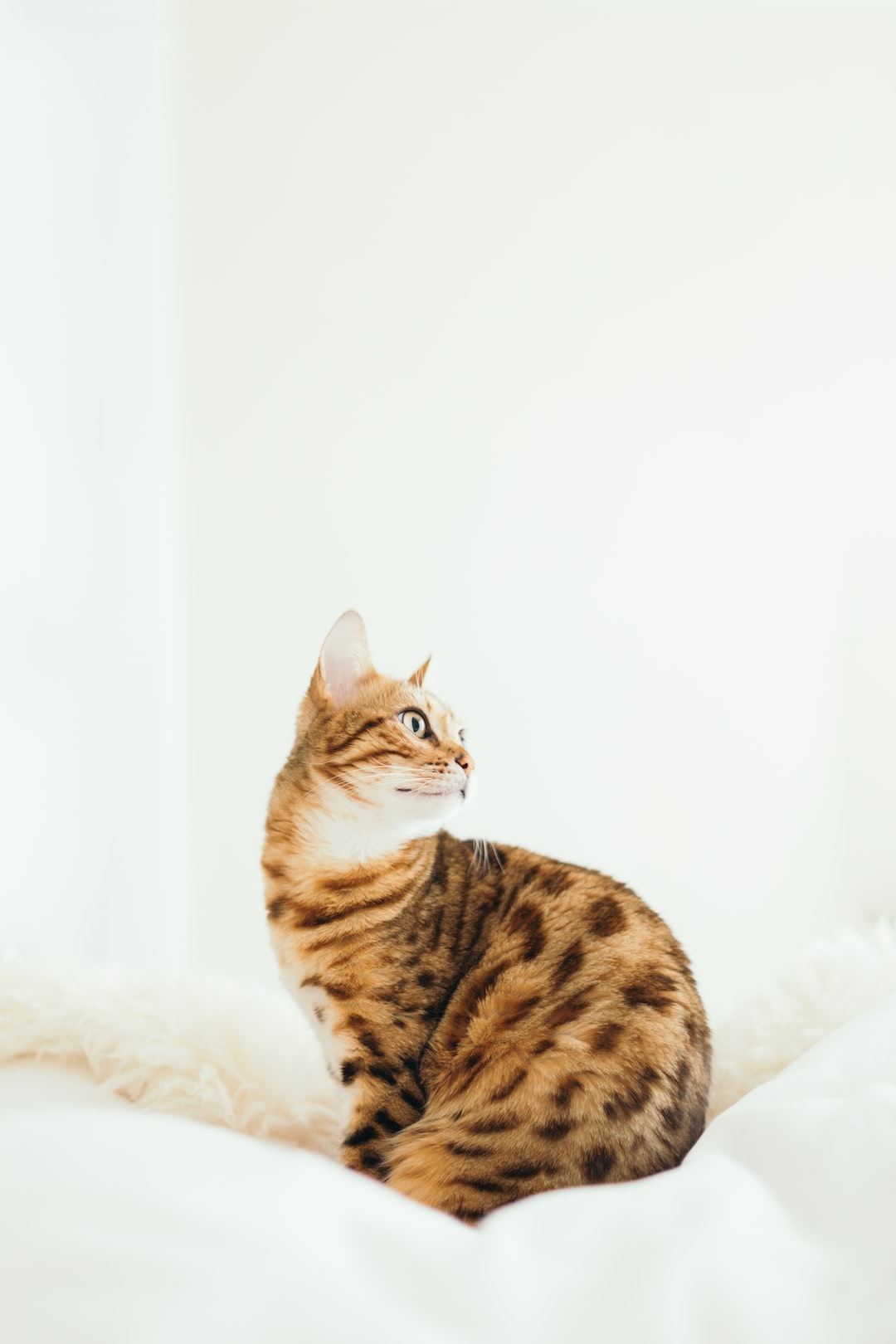Choosing the Right Cat Litter for Your Feline Friend: A Guide to Finding the Perfect Fit
For cat owners, one of the most important decisions is selecting the right cat litter for their feline friend. With a multitude of options available in the market today, it can be overwhelming to identify the best fit for your pet’s needs. Factors such as odor control, clumping ability, dustiness, and eco-friendliness all come into play when making this decision. To help you make an informed choice, we have compiled a guide outlining essential considerations when choosing cat litter.
1. Odor Control: One of the most significant concerns for cat owners is managing the smell associated with cat litter boxes. Look for litters that offer exceptional odor control, as these will help maintain a fresh and clean environment. Clay-based litters often excel in this area and provide a long-lasting, pleasant scent.
2. Clumping Ability: Clumping cat litter can simplify the cleanup process and make it more efficient. This type of litter forms tight, solid clumps when exposed to moisture, making it easy to scoop out the waste without wasting the entire litter box. Clay, silica gel, and biodegradable litters often excel in clumping ability.
3. Dust Levels: Cats are notorious for being meticulous groomers, and dusty litter can pose a health risk to both cats and their owners. Excessive dust may cause respiratory issues and allergies. Opt for low-dust or dust-free varieties to ensure a clean and safe environment for both you and your furry companion.
4. Texture: Every cat has unique preferences when it comes to litter texture. Experiment with various options, such as fine-grain or coarse-grain litter, to find the one that your furry friend prefers. Some cats prefer softer substrates, while others may favor more coarse textures. Pay attention to your cat’s behavior, as they may indicate their preference when using the litter box.
5. Environmentally Friendly: With increasing concern for sustainability, many cat owners are actively seeking eco-friendly alternatives. Biodegradable litters made from recycled materials, corn, or wood shavings offer an environmentally conscious solution. Additionally, they are often flushable, reducing waste management and environmental impact.
6. Multiple Cat Considerations: If you have multiple cats, it’s crucial to select a litter that can handle the increased volume of waste. Look for litters specifically designed for multi-cat households, as they typically have superior odor control and clumping abilities.
7. Budget-Friendly: As with any product, cat litter comes in a variety of price ranges. Set a budget that works for you and your pet, and consider purchasing larger quantities to avail discounts. Keep in mind that cheaper options may compromise on some desirable features such as odor control or clumping ability.
8. Transitioning Period: Cats can be sensitive to changes in their litter. If you decide to switch brands or types, introduce the new litter gradually. Mix a small proportion of the new litter with the old one and gradually increase the ratio over time. This approach will help your cat adapt smoothly to the new litter without causing stress or accidents.
Remember, every cat is unique, and what works for one may not work for another. Ultimately, the right cat litter will be determined by your cat’s preferences, your budget, and your environmental concerns. By considering these factors, you can make an informed decision and provide your feline friend with a comfortable and hygienic litter box experience.

